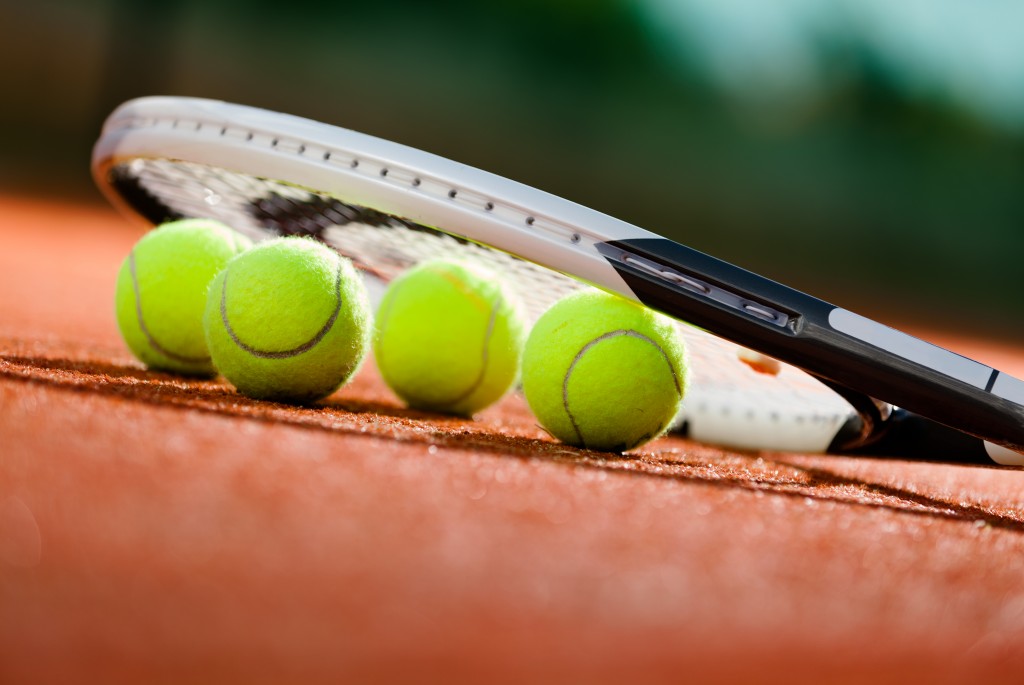From smartphones to smart security systems, technology has made our lives more convenient. It’s easier to be reminded of your schedule, turn off the lights of your house even when you’re already in the office, and control the temperature in your home with a voice command.
Technology has also taken different fields and industries to new heights, including sports. Thanks to tech, sports organizations and players have new ways to improve skill and safety. Fans also have different and more convenient means of enjoying a sport they love watching.
Assisting Officiators
Technology assists referees in officiating games better and minimizing human errors. For example, the Hawk-Eye visually tracks the trajectory of tennis, badminton, and cricket games. This helps referees analyze the movement of the ball and quickly decide on whether the ball is in or out of the court.
Instant replay technology has been around for a while, but 360-degree cameras and virtual reality cameras give referees and commentators an unparalleled view of the game.
Numbers and Metrics
Any sports game is a numbers game. Data and data analytics help coaches assess players and pinpoint areas of improvement.
For example, baseball teams use radar guns to measure a player’s throwing intensity. Basketball teams like the Golden State Warriors use high-tech cameras that track every shot a player makes from every inch of the court.
These technologies and analytics give new insights to help boost performance.
Improving Player Safety
The National Football League (NFL) took great strides to minimize head injuries on their pro athletes. In 2018, they partnered with sports equipment company Riddell for their customizable smart helmets. Magnets and sensors in these helmets help detect the collision and absorb its impact. They also assess concussion data so players can be treated immediately.
In motorsports, drivers rely on the Head and Neck Support (HANS) device to keep themselves safe during a race. Racers place a U-shaped device behind their necks, with its arms placed over the chest’s pectoral muscles. Once the race starts, the HANS device protects the head from whiplash and excessive twisting movements.
Virtual Reality

Virtual reality improves both the player performance and fan experience. Coaches can have their players practice in a virtual space to minimize instances of injury. They can then review the performance in virtual reality and refine a player’s training.
From a fan perspective, virtual reality helps them get closer to a game. For example, FOX Sports collaborated with NextVR to broadcast live sports in VR. Fans can watch a live game without traveling to the arena. If the fan doesn’t like their seat, they can even move their view closer to the field.
Prosthetics for Disabled Athletes
People with disabilities used not to have the chance to compete. But with the development of prosthetic technology, more physically disabled athletes can play a sport they love.
Developers of prosthetics customize prosthetics depending on the athlete. They let the athlete perform drills while wearing a bodysuit with motion sensors. This allows them to determine what prosthetic features work well with an athlete’s body.
In the world of sports, technology is developing athletes, keeping them safe on the field, and minimizing officiating errors. For fans, tech helps them follow a game wherever they go and connect with their favorite players. It will not be a surprise if technology will play a more significant part in sports in the future.

